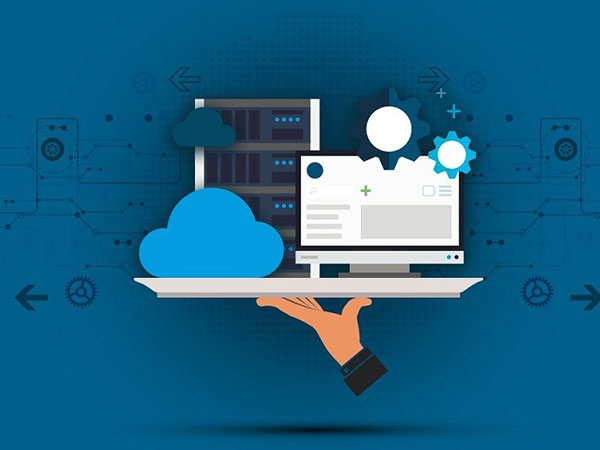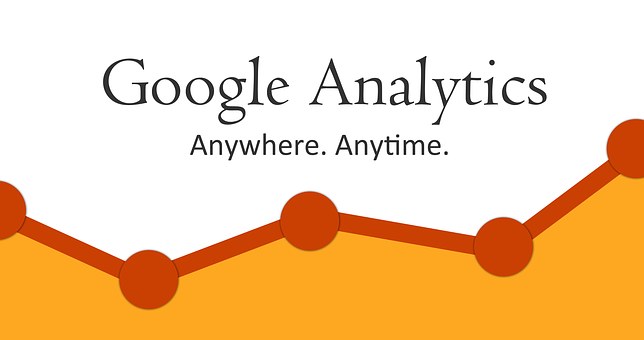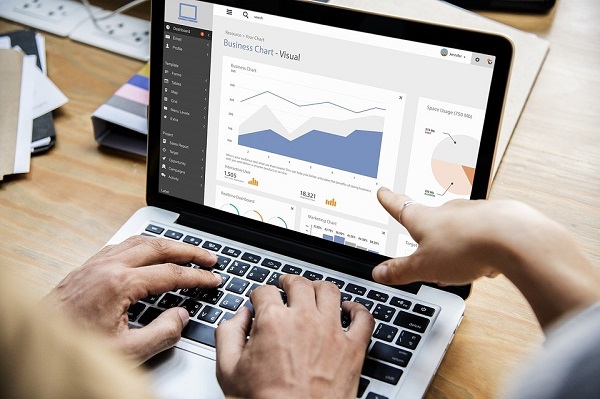There is little doubt in anyone’s mind that big data is the key to business growth and success these days. This is exactly why over half of businesses have incorporated the futuristic technology into their daily practices.
However, to SMBs, big data analytics still seems like a game for the big time players with huge budgets. Limited budgets and an overall misunderstanding of its practicality is what’s holding many business owners back from embracing the technology, of which could make all the difference in their success.
Big data integration does not have to be an enormous undertaking, nor does it have to be used in every single aspect of the business. For SMBs that are just testing the waters, there are three key areas that stand to benefit greatly from big data support. Let’s discuss.
Understanding customer intentions
Providing your customers with the best CX possible is a huge challenge for big and small enterprises alike. But the key to unlocking a great experience for each consumer is understanding what they want and what they like. Sadly, just over 20% of companies design their CX around analytical data, meaning that 80% of businesses are essentially guessing or basing their strategies on limited experiences.

Big data can help to demystify the question of what your customers want by analyzing their past actions. For example, data collected from POS systems can be used to track purchase frequency and common product bundles for better shopping suggestions and personalized reminders for past customers.
Additionally, intense research and data analyzation from customer searches and trending keywords can make it crystal clear what exactly your audience is looking for. Keyword tracking systems like SEMrush record and analyze web traffic data, which you can use to form strategies that align with the goals of your customers. By identifying the pressing questions through this type of research, your brand can provide the exact answer that your audience wants.

Small businesses need to know that understanding your customers is much more than just creating profiles that breakdown the age, sex, and location of your audience.
Hire better talent
Bringing in the best talent is essential for any business to grow. But, making one bad hiring decision can set small companies way back. 75% of companies report that they have made a poor choice when hiring someone, which resulted in a $17,000 loss in profits due to lower quality work, or the time lost looking for a replacement.
People analytics can help HR departments make their entire recruiting process more precise and data-driven from start to finish. Systems like Predictive Index use people analytics to gauge each applicant’s aptitude and qualifications to predict their likelihood of success with the company.
Every candidate completes personalized assessments that measure their potential, giving recruiters the exact data that they need to make a more informed final decision. Furthermore, Predictive Index uses AI technology to record applicant behavioral patterns and create reference profiles for better recruiting strategies in the future.

By using “people analytics” throughout the recruiting process, SMBs can discover better talent and understand the qualities that signal better output for the job. Many companies and HR departments have turned to data-backed recruiting tools to automate much of the hiring process, such as qualifying resumes and scheduling initial interviews. This can save HR teams all kinds of precious time that can be used to focus on more important matters.
Plan for a big future
Finally, one of the most common – and possibly most effective – uses for big data is predictive analytics for business planning. This is an application of data mining technology that breaks down the numbers to make accurate business forecasts for all sorts of industries.
Walmart has been using big data for predicting sales trends and executing smarter inventory management for years; proving that retail companies can improve their demand and supply cycles with this kind of technology, even if it is on a smaller scale.
Many SMBs have several concerns when it comes to using this kind of technology, especially in terms of cost and complexity. However, the cost of integrating predictive analytics may be insignificant when compared to the potential losses from failing to foresee shifts in the market. Businesses that use predictive analytic technology have reported that it has made significant improvements in their lead generations and sales numbers by providing the insight they need to stay one step ahead.

Software tools like InsightSquared make it easy for small companies to analyze data and plan accordingly. InsightSquared collects previous data from CRM systems to create reports and accurate forecasts for more targeted marketing and sales strategies. These reports also answer key questions like the current status of conversion rates or whether teams are on track to hit their sales quotas for the quarter.

While some changes are impossible to foresee, using predictive analytics is a smart way for smaller businesses to make sure that they are ready and able to handle whatever comes their way.
In conclusion
Big data is not just for big businesses these days. Every company can stand to benefit from the power of number-driven insights, and thanks to modern software systems, integrating these valuable datasets is simpler and more accessible than ever for SMBs.
There is no point to resisting this massive shift in the business world. The longer you wait to adopt big data, the further behind you are falling.










![7 data-driven ways to optimize your online store for mobile [Infographic]](https://crayondata.ai/wp-content/uploads/2019/11/optimize-1.jpg)


![Top tips and tricks to improving your customer experience [Infographic]](https://crayondata.ai/wp-content/uploads/2019/01/customer-journey-1.jpg)









